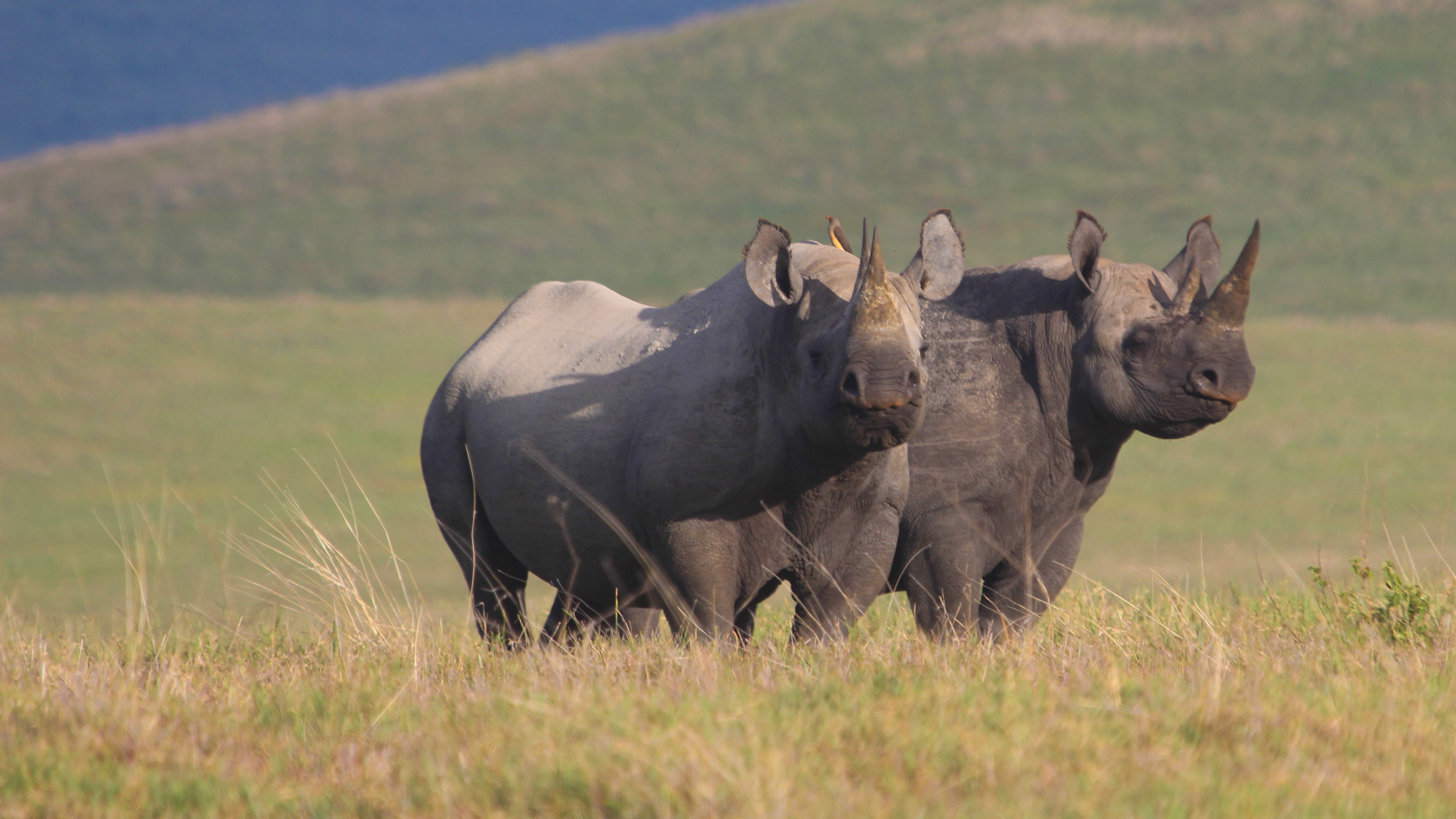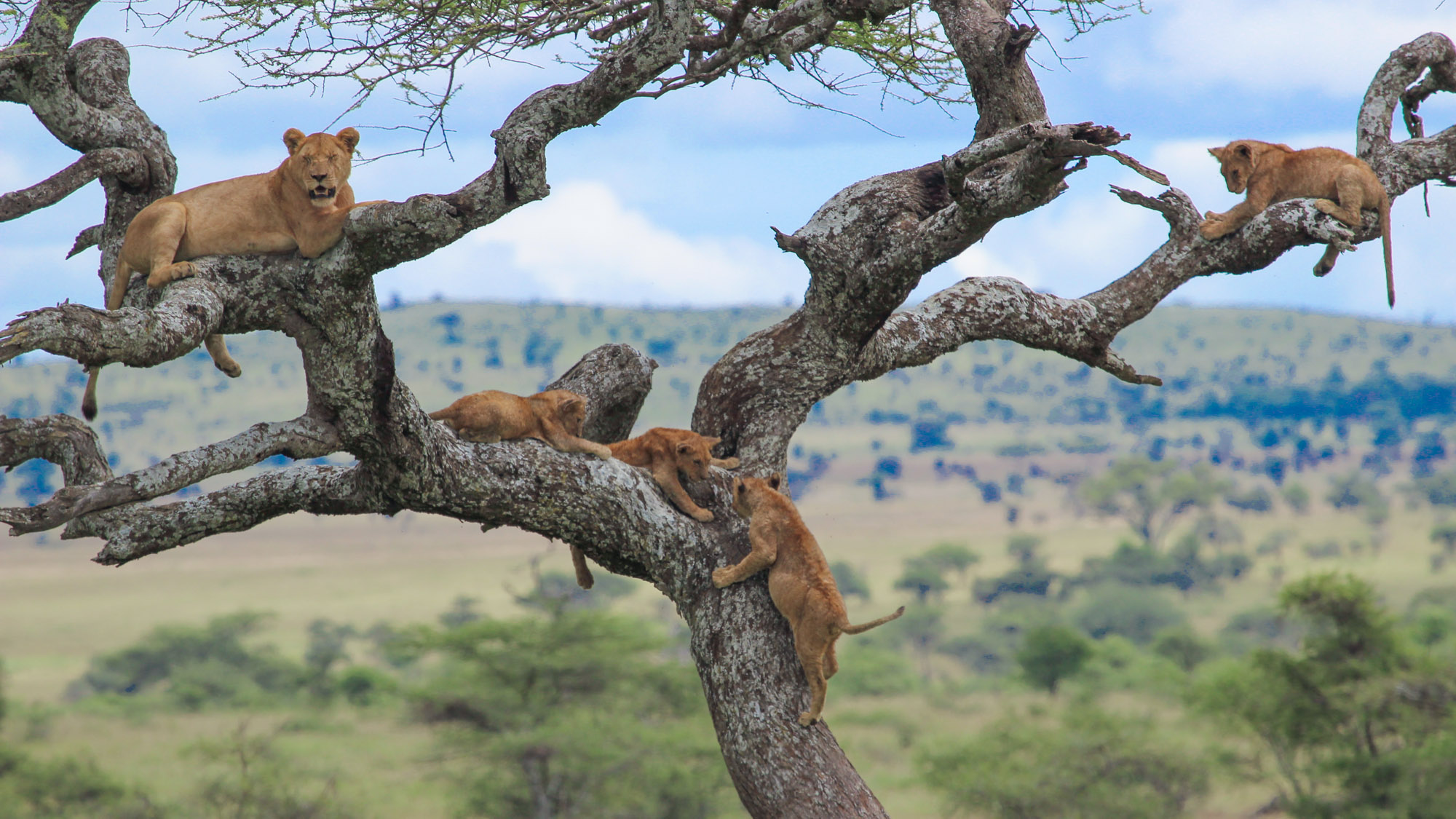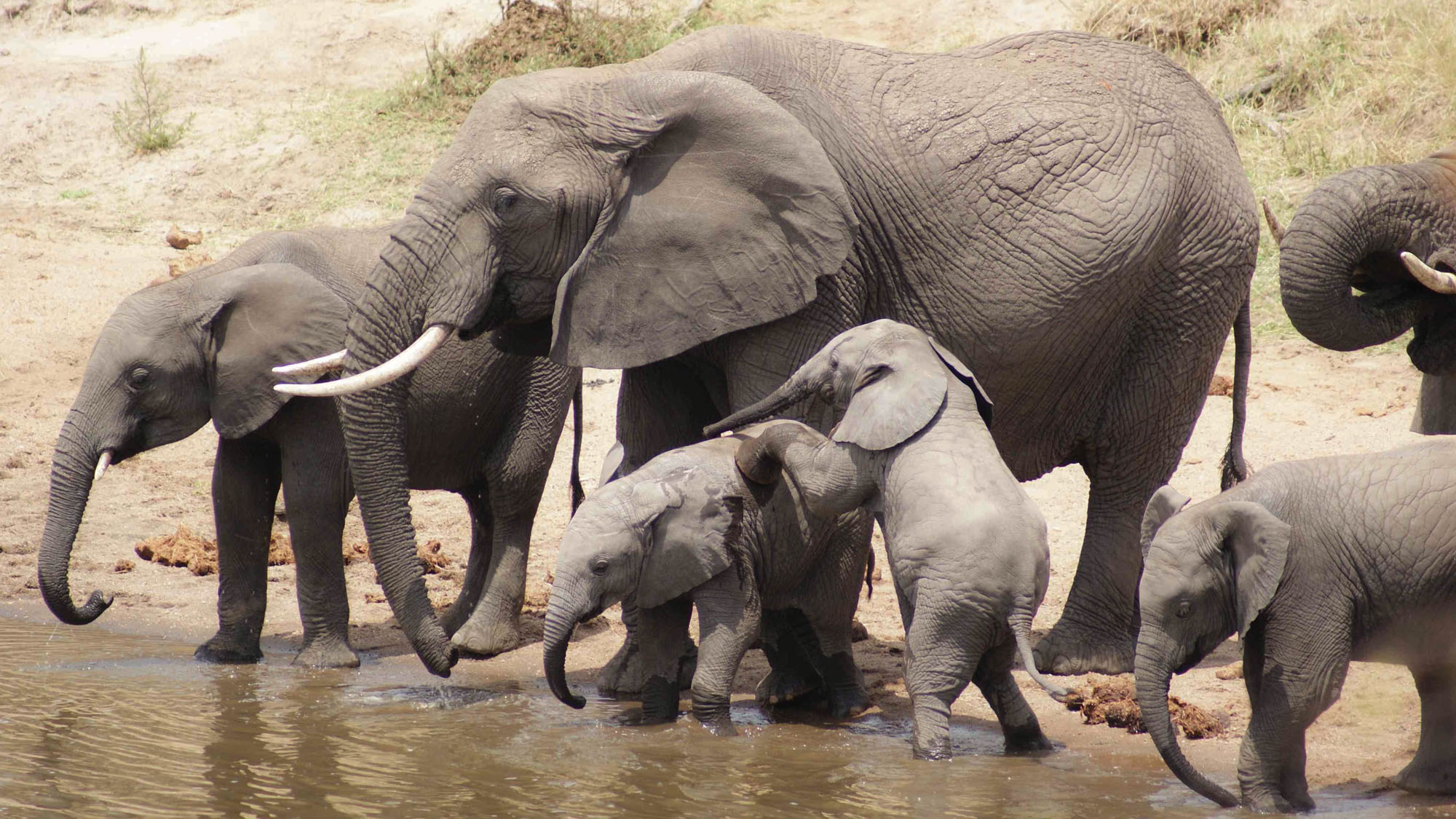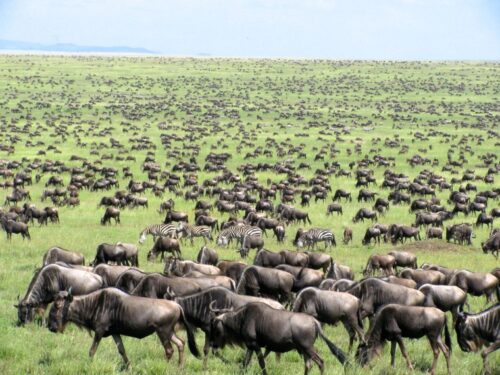Description
The Ngorongoro Conservation Area is a protected area and a World Heritage Site located 180 km (110 mi) west of Arusha in the Crater Highlands area of Tanzania. The area is named after Ngorongoro Crater, a large volcanic caldera within the area. The conservation area is administered by the Ngorongoro Conservation Area Authority, an arm of the Tanzanian government, and its boundaries follow the boundary of the Ngorongoro Division of the Arusha Region.
The Ngorongoro crater Conservation Area covers 8292 square kilometers with the crater inside. It is one of the three divisions that comprise Ngorongoro District.
The 2009 Ngorongoro Wildlife Conservation Act placed new restrictions on human settlement and subsistence farming in the Crater, displacing Maasai pastoralists, most of whom had been relocated to Ngorongoro from their ancestral lands to the north when the British colonial government established Serengeti National Park in 1959.
Top 10 Facts About the Ngorongoro Crater you Should Know…
So you’re sold. You now understand what all the hype is about, that Ngorongoro is ground zero for a millions-year-old volcano that blasted off like a rocket, was supplanted by a huge caldera and stuffed with more lions and rhinos and wildebeest than you could ever possibly imagine. You’re in.
But before you drop into the Ngorongoro Crater, here are ten essential factoids you should know. Cram these in your noggin before arriving and your awe for this place will quadruple, promise.
1) It’s One of the Largest Unbroken Calderas on the Planet (That’s Not a Lake).
A caldera is a “cauldron-like” depression created when a volcano emits large amounts of magma in a short amount of time, and the volcano caves in like a sinkhole. There are only a handful of calderas around the globe, but the Ngorongoro is special because it’s the world’s largest fully intact caldera that hasn’t yet turned into a lake. (Source)
2) Over 25,000 Wild Creatures in the Caldera (Gulp.)
Drumroll please…7,000 wildebeest, 4,000 zebras, 3,000 eland, 3,000 gazelles, 600 hyena, 200-300 elephants, over 60 lions, 30 rhinos, and many others. In all, over 25,000 wild creatures call the Ngorongoro Crater home. That is a whole lot of wild.
3) More Prides Per Capita (PPC) than Anywhere on Earth.
This single caldera contains 55-65 permanent lion residents on the crater floor, one of the highest densities of lion prides on Earth. Whoa. We like to say that the PPC (Prides Per Capita) is about as high as it gets here in the Ngorongoro.
4) Your Best Chance to Spot a Black Rhino (And Complete your Big 5!)
Seeing a black rhino for the first time kind of feels like you’re traveling through Jurassic Park. With two large horns and a hooked upper lip, these creatures look as if they’re from a different epoch. Rhinos were brought to the brink of extinction but now their populations, due to conservation efforts, have bounced back to over 5,000 worldwide, 30 of which live in Ngorongoro Crater. This will be the best place to complete your Big 5 list, too!
5) Our Earliest Human Ancestors Lived Here.
Within the greater Ngorongoro Conservation Area exists the Oldupai Gorge, a steep ravine in the Great Rift Valley where paleoanthropologists Louis and Mark Leakey famously discovered traces of homo habilis, our first known human species, reaching back 2 million years. Two million years? Mind blown. Read more here: Source
6) The Birding is Crazy Good.
For friends of the winged ones, look no further. Within this caldera you will find 500 bird species. Ostriches, kori bustards, secretary bird…you name it. Visit from November to April and witness the myriad migratory birds that take up residence here. For more info about birdlife in Tanzania, click here!
7) Best Time to Visit? May to October.
Anytime is a great time to catch wildlife in the Ngorongoro Crater, but from May to October it’s drier and grasses aren’t as abundant, so wildlife tend to come closer together. Overall, here’s our take on the best time to visit Tanzania.
8) You Can Sleep on the Caldera Rim
If the primary attraction to Tanzania is wildlife, the second might just be its unbelievable accommodations throughout the country. Tanzania Magic Tours constantly researches the finest digs to rest your head after a long day, and Ngorongoro’s lodges are some of our favorites. Imagine watching the sun set behind the caldera from the deck of your bush lodge! Take a detailed look at one luxury lodge here.
9) A Million Wildebeest Might Pass Through (Literally).
The Great Wildebeest Migration (the largest migration of ungulates on the planet) passes right through the Ngorongoro Conservation Area, more specifically Lake Ndutu, from December to March. With over 2 million wildebeest, zebra, and gazelles, this monster migration is a sight to behold. Don’t miss it.
10) It’s One of Africa’s Seven Natural Wonders
The African continent includes a lot of pretty incredible natural wonders: The Nile River. The Sahara. The Okavango Delta. So, to make it on the list of seven natural wonders of Africa is a huge deal, and for good reason. Source
Bottom Line?
Tanzania is most famous for the Serengeti, for good reason. But the second you start descending into the Ngorongoro Crater, something shifts in the air. Your hair stands up on end. Prepare for your head to be on a swivel all day, from the first minute to the last, as wildlife interactions here will shuffle all around you. Contact us today and let’s make Ngorongoro part of your bucket list itinerary.




